
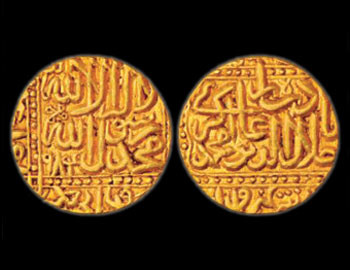
Akbar was the third ruler of the Mughal Dynasty in India from 1556 to 1605. He succeeded Humayun and went on to become one the greatest Mughal Emperors to conquer almost the entire Indian Subcontinent north of the Godavari river. Coins of Akbar also reflect the power of this mighty emperor and they are the most exquisite and varied among the ones that were minted by other Mughal emperors. He was the one who made his mark with the help of Mughal military apart from political, cultural, and economic reforms that he introduced. His religiously and culturally diverse policies helped him gain support of the non-muslim sections of the society. He was the one who revolutionised Mughal style arts, painting, and architecture. Akbar preached about Din-i-Ilahi, a beautiful amalgamation of Islam, Hinduism, Zoroastrianism, and Christianity. He trusted his subjects, irrespective of their caste or religion and offered them important positions in the administrative and military setups. He got rid of the sectarian and celebrated all kinds of festivals.
Continue reading Coins of Akbar | Mintage World
The Mintage World Team comprises of experts, researchers and writers from the field of Philately, Notaphily and Numismatics who try to shed light on some of the most interesting aspects of coins, banknotes and stamps from not just India but across the globe as well.

Akbar was the third ruler of the Mughal Dynasty in India from 1556 to 1605. He succeeded Humayun and went on to become one the greatest Mughal Emperors to conquer almost the entire Indian Subcontinent north of the Godavari river. Coins of Akbar also reflect the power of this mighty emperor. He was the one who made his mark with the help of Mughal military apart from political, cultural, and economic reforms that he introduced. His religiously and culturally diverse policies helped him gain support of the non-muslim sections of the society. He was the one who revolutionised Mughal style arts, painting, and architecture. Akbar preached about Din-i-Ilahi, a beautiful amalgamation of Islam, Hinduism, Zoroastrianism, and Christianity. He trusted his subjects, irrespective of their caste or religion and offered them important positions in the administrative and military setups. He got rid of the sectarian and celebrated all kinds of festivals.
Continue reading Coins of Akbar: Muhar, Ilahi Creed Coins and More
The Mintage World Team comprises of experts, researchers and writers from the field of Philately, Notaphily and Numismatics who try to shed light on some of the most interesting aspects of coins, banknotes and stamps from not just India but across the globe as well.
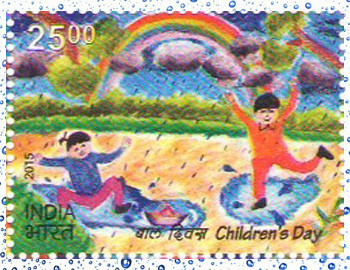
Which type are you? Someone who likes to have his/ her tea on sofa, put their legs up and watch the raindrops trickle down the windows or someone who likes to go out there and get all drenched? Whichever type you are; you can’t not fall in love with rains! We thought of giving the monsoons a Mintage World twist. Starting with the ancient Indian musical raga, Raag malhar
Continue reading Young Philatelist & Numismatist: Monsoon Special
The Mintage World Team comprises of experts, researchers and writers from the field of Philately, Notaphily and Numismatics who try to shed light on some of the most interesting aspects of coins, banknotes and stamps from not just India but across the globe as well.

The coronation of King George V took place on 22nd June 1911, but George Frederick Ernest Albert of the House of Saxe-Coburg-Gotha was the unpromising son of Edward VII.
Continue reading Coronation of King George V
The Mintage World Team comprises of experts, researchers and writers from the field of Philately, Notaphily and Numismatics who try to shed light on some of the most interesting aspects of coins, banknotes and stamps from not just India but across the globe as well.
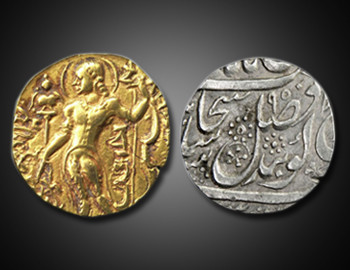
They say that play of words can move a million hearts. Poets and writers have given the world a new pair of eyes through their works. Who could have thought of inscribing meaningful couplets on coins? It’s fascinating indeed to find out more about Indian coins with couplets that were mostly minted during the regime of the Mughal Emperors. Before the Mughals, the Guptas had also minted coins with metrical legends on them.
Continue reading Indian Coins with Couplets
The Mintage World Team comprises of experts, researchers and writers from the field of Philately, Notaphily and Numismatics who try to shed light on some of the most interesting aspects of coins, banknotes and stamps from not just India but across the globe as well.
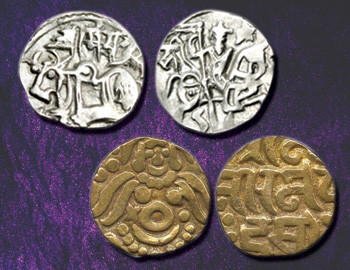
Coins are a form of legal tender first used c. 6th century BCE in India. The need arose for a stable mode of payment and coins have risen gloriously to the occasion. Previous methods of payment have been replaced over time. But what has enabled coins to be used for payment for over two millennia? The stability in the value of precious metals can only go so far. But when combined with the authentication done by governing authorities, coins become a stable and reliable form of money.
Continue reading Numismatic Continuity in Indian Coinage
The Mintage World Team comprises of experts, researchers and writers from the field of Philately, Notaphily and Numismatics who try to shed light on some of the most interesting aspects of coins, banknotes and stamps from not just India but across the globe as well.
The Mintage World Team comprises of experts, researchers and writers from the field of Philately, Notaphily and Numismatics who try to shed light on some of the most interesting aspects of coins, banknotes and stamps from not just India but across the globe as well.
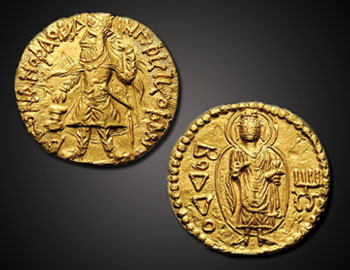
As seen in the previous blog, the early coinage of Kushan had a great Greek iconographic influence and were struck depicting the Greek deities. However as the Kushans created a vast Empire under Kanishka I the iconographic imagery, as well as the deities on Kushan coins, became more and more Indian. The religious pantheon under Kanishka I and Huvishka drew heavily from the pre-Zoroastrian Iran and the Hindu and Buddhist pantheon. The coins of Later Kushan rulers mostly depicted Oesho (Indian) and Ardochsho (Iranian). Scholars are of the opinion that the iconography introduced by the Kushan in their coins was continued by many dynasties that followed the Kushans.
Continue reading Deities on Kushan Coins – Part II
The Mintage World Team comprises of experts, researchers and writers from the field of Philately, Notaphily and Numismatics who try to shed light on some of the most interesting aspects of coins, banknotes and stamps from not just India but across the globe as well.
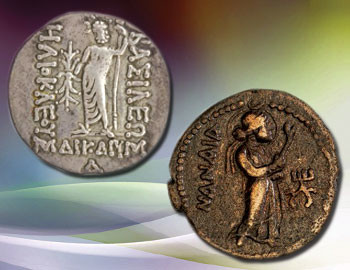
Deities are worshipped in various forms from time immemorial. Beliefs and reverence for supernatural powers have driven humans to worship various forms. They may be natural elements personified, saints and divine personalities considered next to god or the God Himself. These deities are found depicted on Indus Valley Seals, on walls of ancient ruins and at places of worship. After the advent of coins, deities were depicted on coins of Greece, Rome and on Janapada coins of India. Before we explore the numerous deities on Kushan coins let us first try to understand the nature of religion, the origin of the gods, and their respective roles and significance in human life.
Continue reading Deities on Kushan Coins – Part I
The Mintage World Team comprises of experts, researchers and writers from the field of Philately, Notaphily and Numismatics who try to shed light on some of the most interesting aspects of coins, banknotes and stamps from not just India but across the globe as well.
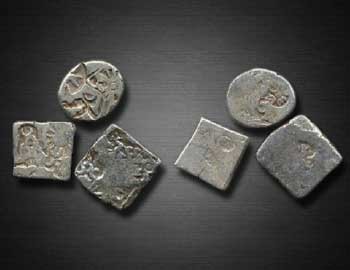
These little pieces of metal struck with different designs each tell a story. They have evolved of a period of many centuries. Coins in India were first struck c. 6th century BCE. They were also one of the first coins to ever be struck worldwide. But what happened before that? Why was the need for coins felt? What did people use before the advent of coins?
Continue reading Evolving From Barter To Coins In India
The Mintage World Team comprises of experts, researchers and writers from the field of Philately, Notaphily and Numismatics who try to shed light on some of the most interesting aspects of coins, banknotes and stamps from not just India but across the globe as well.